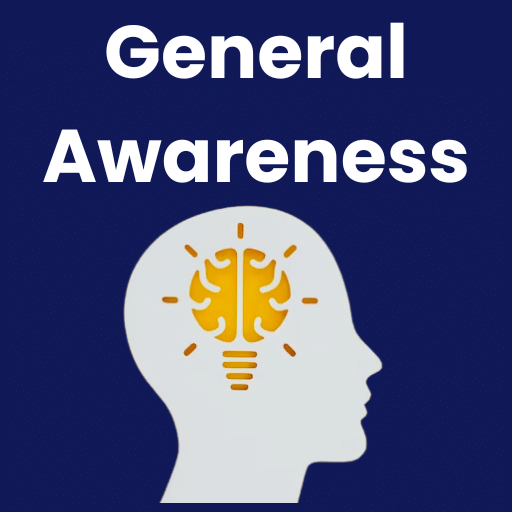Best Study Material for CA Foundation Exam
CA Foundation Exam > CA Foundation Notes > Quantitative Aptitude for CA Foundation > PPT - Functions and Relations
PPT - Functions and Relations | Quantitative Aptitude for CA Foundation PDF Download
| Download, print and study this document offline |
|
114 videos|169 docs|98 tests
|
FAQs on PPT - Functions and Relations - Quantitative Aptitude for CA Foundation
| 1. What is the difference between functions and relations? |  |
| 2. How can I determine if a given relation is a function? |  |
Ans. To determine if a given relation is a function, you need to check if each input value is associated with exactly one output value. One way to do this is by using the vertical line test. If a vertical line intersects the graph of the relation at more than one point, then the relation is not a function. However, if every vertical line intersects the graph at most once, then the relation is a function.
| 3. What are the different types of functions? |  |
Ans. There are several types of functions commonly studied in mathematics. Some of the most common types include:
- Linear functions: These functions have a constant rate of change and can be represented by a straight line on a graph.
- Quadratic functions: These functions have a squared term and can be represented by a parabola on a graph.
- Exponential functions: These functions have a constant base raised to a variable exponent and can be represented by a curve that either increases or decreases exponentially.
- Trigonometric functions: These functions involve the ratios of angles in a right triangle and include functions such as sine, cosine, and tangent.
| 4. How do I find the domain and range of a function? |  |
Ans. The domain of a function refers to the set of all possible input values for the function. To find the domain, you need to consider any restrictions or limitations on the input values. For example, if a function contains a square root, the input values must be non-negative, so the domain would be all real numbers greater than or equal to zero.
The range of a function refers to the set of all possible output values for the function. To find the range, you need to analyze the behavior of the function and determine the set of all possible output values. This can often be done by looking at the graph of the function or by analyzing the behavior of the function algebraically.
| 5. How are functions and relations used in real-life applications? |  |
Ans. Functions and relations are used in various real-life applications. For example:
- In economics, functions are used to model supply and demand relationships, production costs, and revenue.
- In physics, functions are used to describe the motion of objects, the behavior of waves, and the forces acting on a system.
- In computer science, functions are used to write algorithms, perform calculations, and manipulate data.
- In biology and chemistry, functions are used to model chemical reactions, enzyme kinetics, and population growth.
These are just a few examples, but functions and relations have widespread applications in many fields of study.
Related Searches



























